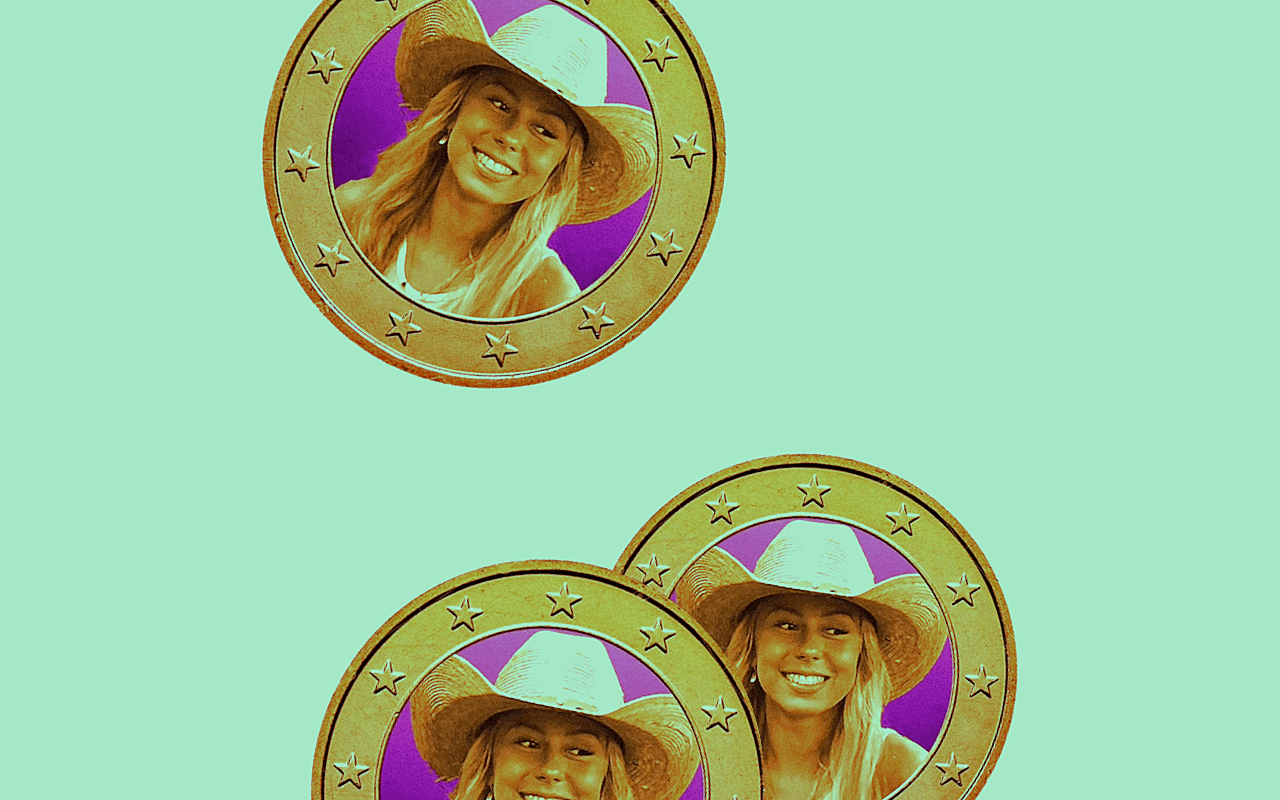Why I Bought Hawk Tuah Coin… After The Scam

Note from Daniel: You might catch some typos or quirky grammar, my theory is imperfect writing will have ranking advantages because it could be a signal to search engines that the text wasn't written by AI
What’s in your stack says a lot about you. Investing is revelatory — it’s a skin-in-the-game display of what you believe holds value. This is especially true when you’re throwing money into the memecoin whirlpool. Countless options, little data — your personal bias counts extra. For example, I initially dismissed Vine coin because at the individual level, I personally have no nostalgia for the app and thus totally failed to anticipate the potential of the token.
For me, it’s all about the attention economy. I believe there’s a USD figure attached to being talked about — even infamously. Perhaps especially so: isn’t it better to be hated and remembered than liked but forgotten? At least, it was this thought process that led me to that scandal-ridden token of a viral celebrity, Hawk Tuah coin ($HAWK).
The Perfect Disgrace
It was a scandal with all the right ingredients. A superstar viral celebrity, a techno scam, and countless victims who lost everything. There was even a Mark Cuban cameo. We all know the story: Hawk Tuah Coin launched on the evening of December 4, and then, three hours later, cratered in value from an unabashed rug pull. There have been many crypto frauds before it, but I actually think Hawk Tuah was unique. It was a first-of-its-kind crypto scandal in important ways.
Comparing Hawk Tuah Coin to 2022’s FTX collapse is a good way to illustrate the point. FTX involved A-list celebrities and a staggering degree of fraud, but the unfolding of that scandal was prolonged and the nature of the crime far more technical. There was also a “bad guy” who was revealed, which shifted the blame away from public supporters like Shaquille O’Neal and Tom Brady; it was an embarrassing incident, but appearing in that Super Bowl commercial didn’t end anyone’s career.
There’s no reason to think the Hawk Tuah meme girl was herself anything other than a victim of the scam. Unfortunately, Haliey Welch ended up absorbing full responsibility in the eyes of the public. And unlike a more subtle crypto fraud, what happened with this coin’s launch was immediate and damning. It was easy to talk about. Easy to get emotional over. The flavor of this disaster is what makes it special. It’s irresistible. Every major media outlet ran with the story and followed the messy consequences.
$HAWK was tainted with infamy — and that got my attention. I bought in at the very bottom, purchasing tens of thousands of worthless tokens. I theorized that the coin’s notoriety would give it permanence compared to the countless other Solana memecoins that come and go. I genuinely anticipated that this coin was now marked and would bounce back with a life of its own.
Along Came $TRUMP
I certainly didn’t expect that 43 days and 3 hours later, the soon-to-be inaugurated 47th President of the United States would follow in the footsteps of Hawk Tuah girl and launch his very own memecoin. The media frenzy around $TRUMP was hysterical, with articles universally comparing it to the Hawk Tuah coin scam. My little investment had just received an improbably large jolt of global media attention—deepening the controversy and cementing the scandal in the popular consciousness. I was thrilled!
According to my theory, all of this would translate into a surge of $HAWK trading and tall green candlesticks on my screen. It never happened — although the entire crypto market seemed dazed and even slumped in the aftermath of Donald Trump raking in billions.
Am I a millionaire yet?
Somewhere between Haliey Welch and Donald Trump, the memecoin universe hit a wild, dizzying critical mass. Everyone from big corporations to Milei is getting in on the action—always with harsh fried-in-the-pan results. I think the mood among cryptocurrency enthusiasts and investors has darkened with this trend. Even people who got rich (or richer) off the current wave of memecoins don’t seem too happy about it.
The value of Hawk Tuah Coin spurted at points (due to insider activity, not genuine interest) but is trending toward oblivion. Ultimately, it’s a good thing; we’ve since learned in an ill-fated FaZe Banks interview that roughly 80% of the tokens are owned by the original developer. A surge in value would therefore transform the token from a one-time cash grab into a golden goose for the scammer.
To me, it’s interesting that the crypto community never seemed particularly attentive to the project or scandal in the first place. There was massive mainstream coverage around the token, yet little discussion among day traders and crypto commentators. This overall dismissiveness is, I think, surprising—and perhaps indicative of misogynistic (or even anti-Semitic) attitudes directed toward Haliey Welch herself.
It doesn’t help that Hawk Tuah coin lacks certain beneficial attributes needed to catch on; that’s not surprising, obviously, since the coin was never intended to be a viable crypto. But I hadn’t factored these deficits into my mental math when predicting it’s ultimate success. Unlike $TRUMP, Hawk Tuah coin isn’t swappable on large exchanges, and so, for the average person, it remains somewhat inaccessible. It doesn’t help that numerous dupe tokens are out masquerading as Hawk Tuah coin. There’s even a fake “official” website pointing to someone’s personal wallet — you can’t help but appreciate the layers of fraud at that point.
All in all, my theory seems thoroughly rejected. If notoriety were enough to compel trading, it certainly would have rallied around Hawk Tuah coin. But unprecedented mainstream coverage has yet to translate into growth in value, and there’s no reason to anticipate that it ever will. So, is it time to sell? I’m still holding. The tokens might be effectively worthless — but I like owning a little piece of Internet history.